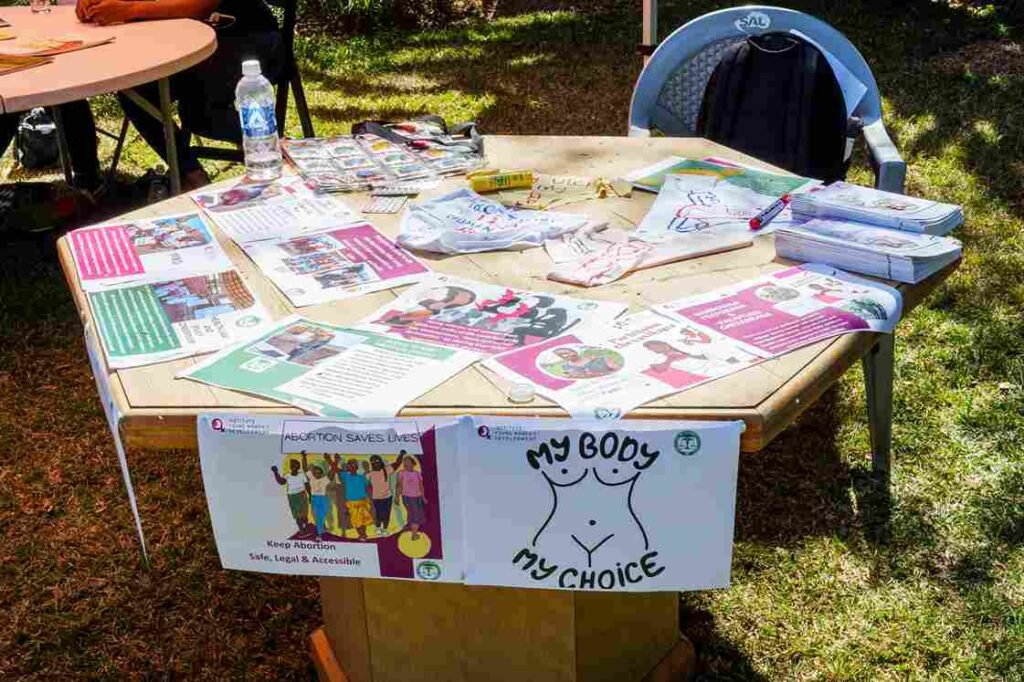Discovering that your child identifies differently from what you expected can bring a mix of emotions—love, concern, confusion, and a deep desire to support them in the best way possible. It’s okay to have questions, and it’s natural to want guidance.
What matters most is ensuring your child feels safe, accepted, and loved for who they are. In moments of uncertainty, some parents may be encouraged to seek out methods that claim to “change” or “correct” a child’s identity. These harmful practices—often called conversion therapy—are not only ineffective but can cause lasting emotional and psychological harm.
No one should have to suffer to be accepted. This guide will help you understand the dangers of conversion therapy, recognize its many forms, and—most importantly—offer your child the unwavering support they deserve.
What is Conversion Therapy?
Conversion therapy refers to practices aimed at changing an individual’s sexual orientation or gender identity. These harmful interventions may involve violence, sexual assault, psychological tactics, religious rituals, or cultural practices intended to “cure” someone’s queerness.
-
Techniques: May include aversion therapy (inducing discomfort or shame), religious exorcisms, or behavior modification.
-
Goal: To force alignment with heteronormative or binary gender expectations through guilt, shame, and emotional manipulation.
Why Conversion Therapy is Harmful
Conversion therapy has long-term psychological consequences and is condemned by all major health bodies.
-
Mental Health Risks: Increases the risk of depression, anxiety, substance abuse, and suicidal ideation. Survivors often carry deep shame and self-hate.
-
Trauma and Abuse: These practices are emotionally abusive and humiliating. The impact can last a lifetime.
-
No Scientific Basis: Conversion therapy has been widely discredited and denounced by organizations like the American Psychological Association and the WHO.
Signs of Conversion Therapy
It’s crucial to recognize when a practice or advice is rooted in conversion therapy, even when it’s disguised as cultural or religious care.
-
Religious Rituals: Prayers, exorcisms, or “healing” ceremonies intended to change someone’s identity.
-
Cultural Practices: Traditional rituals that attempt to “fix” identity through shame, isolation, or control.
-
Focus on Change: Any person (counselor, pastor, family member) claiming your child needs to be “cured” is engaging in conversion ideology.
-
Public Outing: Forcing your child to disclose or “confess” in public spaces as a form of control or correction.
How to Avoid Harmful Practices & Conversion Therapy
Protect your child by actively avoiding any space or person who promotes conversion therapy—even subtly.
-
Know Your Rights: Check if your country or region has laws banning conversion therapy, especially for minors.
-
Seek Queer-Affirming Therapy: Look for licensed therapists who specialize in LGBTQIA+ care.
-
Ask if they affirm queer identities.
-
Check credentials and values.
-
In Zimbabwe, check out GALZ for inclusive service provider referrals.
-
-
Avoid Religious Programs Promising Change: Many do more harm than good and show no respect for your child’s autonomy.
-
Don’t Out Your Child: Never share your child’s identity without their consent. Outing them to churches or communities is emotionally unsafe.
Signs to Watch Out For in Religious and Cultural Contexts
Many forms of conversion therapy are embedded in religious or cultural traditions—be aware of red flags.
-
Public Prayers “for Healing”: Meant to shame and expose your child under the guise of “care.”
-
Exorcisms or Deliverance Rituals: These can be traumatic and are signs of religious-based conversion efforts.
-
Traditional “Correction” Rituals: Practices involving humiliation, isolation, or forced conformity to gender norms.
-
Conditional Acceptance: Offers of community support or blessings only if your child changes.
Download the PDF version of this guide below.


